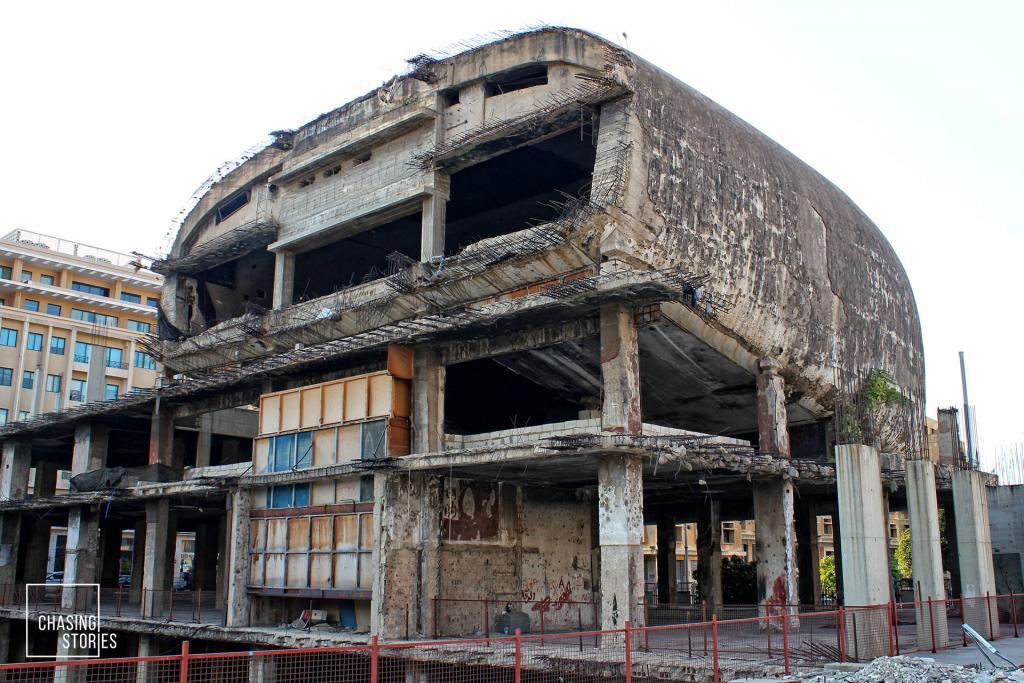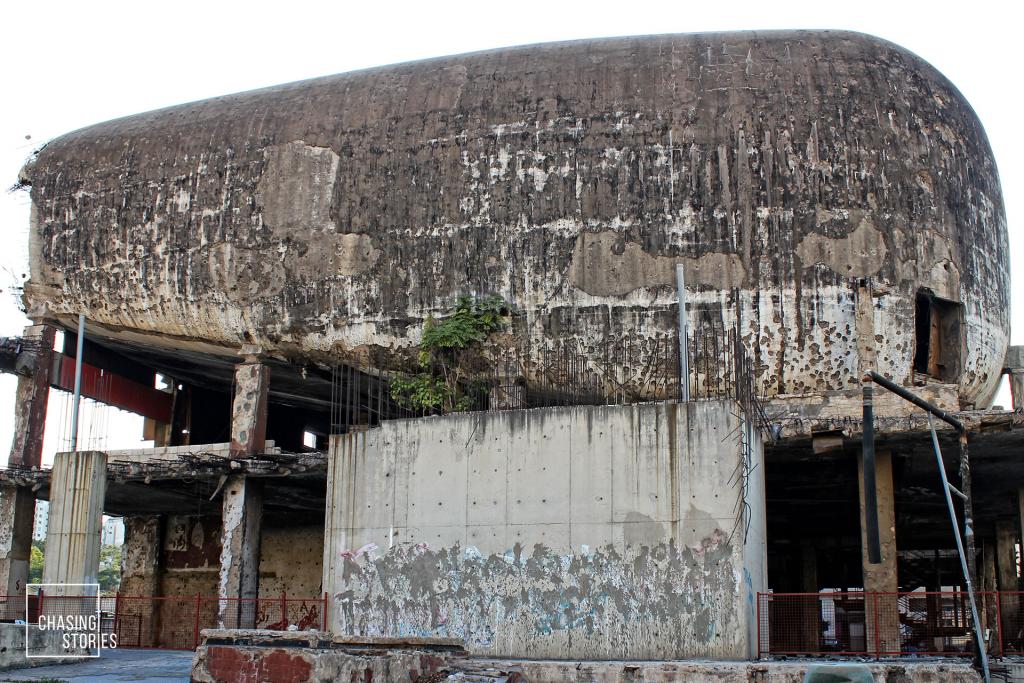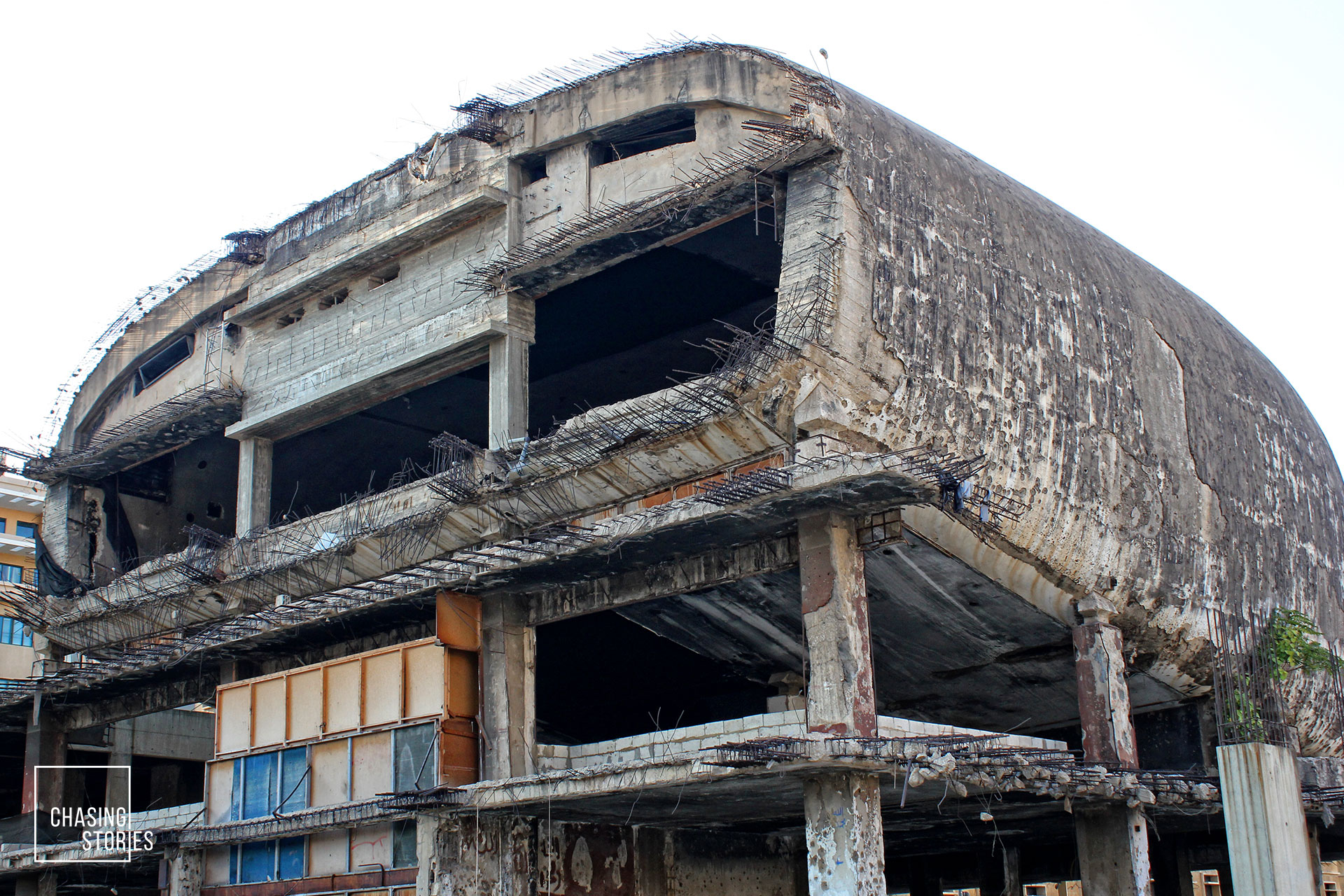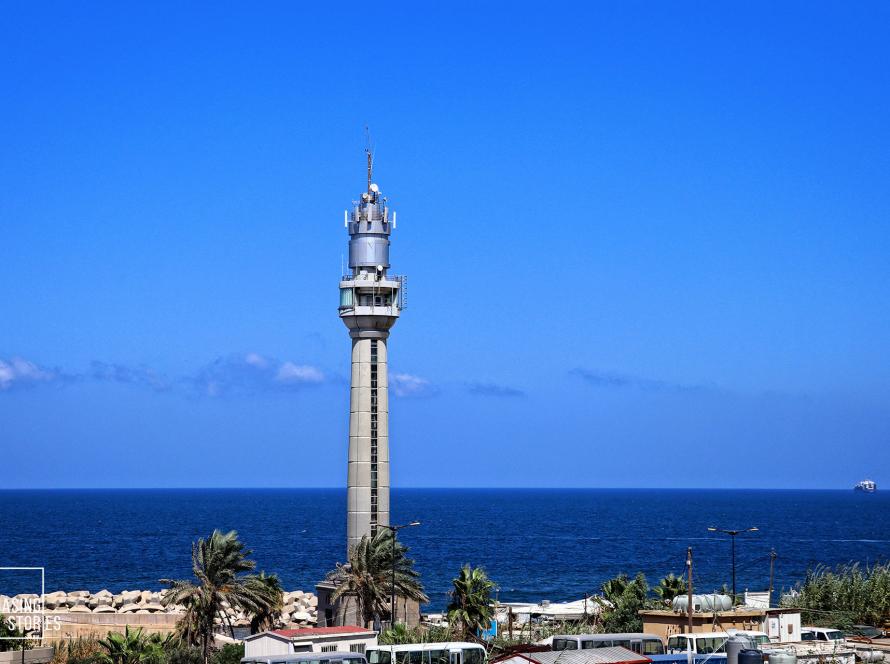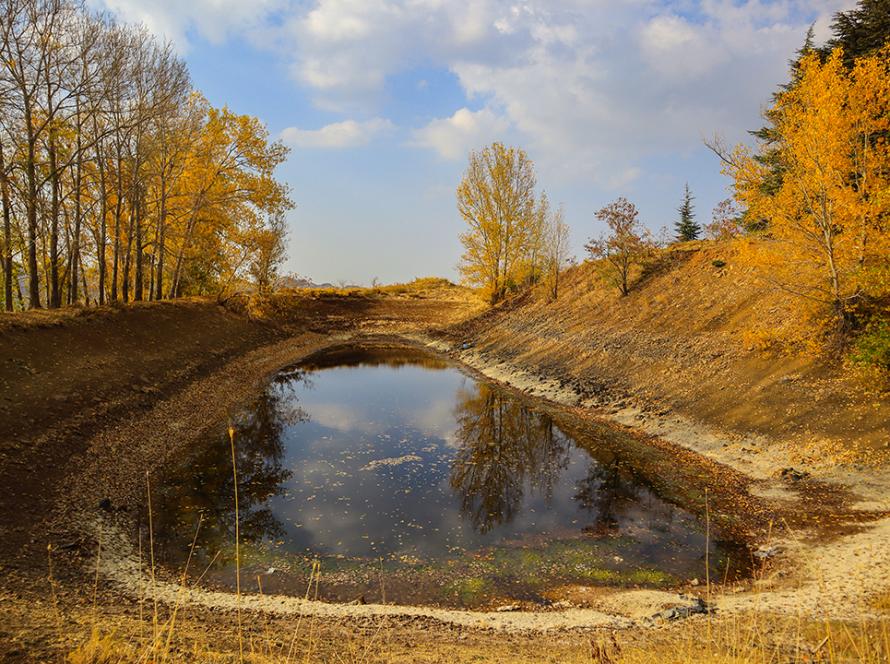In the heart of Beirut’s bustling downtown, amidst a landscape of modern skyscrapers and historic landmarks, stands an architectural marvel that continues to spark curiosity and intrigue: The Egg Building. Officially known as the “Le Grand Egg,” this iconic structure is a symbol of Beirut’s complex history and evolving urban landscape. Here’s a closer look at The Egg Building and its significance in Beirut’s architectural narrative.
The Egg Building: An Icon of Modernist Architecture
Architectural Design: The Egg Building, designed by Lebanese architect Joseph Philippe Karam, was completed in 1965. Its distinctive egg-shaped structure is a bold example of modernist architecture, characterized by its sleek lines and futuristic design. The building was originally intended to house a cinema and theater, making it a cultural hub for the city.
Design Features:
- Unique Shape: The building’s oval form and curved facade set it apart from traditional rectangular structures, creating a striking visual impact.
- Concrete Shell: Constructed with a reinforced concrete shell, The Egg Building reflects the experimental architectural techniques of the mid-20th century.
Historical Context and Challenges
Early Promise: Initially celebrated for its innovative design, The Egg Building represented a new wave of architectural thinking in Lebanon. It was envisioned as a centerpiece for cultural activities and a symbol of Beirut’s modernity.
Decline and Preservation Efforts: However, the outbreak of the Lebanese Civil War in 1975 led to the building’s abandonment. The structure suffered damage and became a symbol of the city’s turmoil. Despite various proposals for its redevelopment or demolition, The Egg Building remains largely intact, serving as a poignant reminder of Beirut’s resilience and the challenges faced during the conflict.
Preservation Debate: In recent years, The Egg Building has become a focal point in discussions about preserving Beirut’s architectural heritage. Some view it as a valuable piece of modernist history worth conserving, while others argue for its redevelopment to meet contemporary needs.
Exploring The Egg Building Today
A Symbol of Contrasts: Today, The Egg Building stands as a symbol of contrast in Beirut’s downtown area. Surrounded by sleek, modern skyscrapers and contemporary developments, it offers a stark juxtaposition to its surroundings, inviting reflection on the city’s past and future.
Visiting The Egg:
- Photographic Opportunity: The building’s distinctive shape and weathered concrete facade make it a fascinating subject for photography. Capture the interplay of light and shadow on its unique structure.
- Urban Exploration: While the interior is not generally accessible to the public, the exterior of The Egg Building remains an intriguing site for those interested in modernist architecture and Beirut’s urban history.
Guided Tours and Exhibitions: Occasionally, guided tours or exhibitions focused on Beirut’s architectural heritage may include The Egg Building. Check local cultural organizations or architectural groups for opportunities to learn more about the building and its significance.
Conclusion
The Egg Building in Beirut’s downtown is more than just a structure; it’s a symbol of the city’s complex history and architectural evolution. From its innovative design and cultural aspirations to its role as a silent witness to Beirut’s struggles, The Egg stands as a compelling reminder of the city’s past and its ongoing journey. Whether you’re an architecture enthusiast, a history buff, or simply a curious traveler, a visit to The Egg Building offers a unique perspective on Beirut’s architectural and cultural landscape.
